Convert 2D to 3D with LeiaPix Converter: A Complete Review
The ability to convert 2D images into 3D models has gained tremendous popularity thanks to the continuous advancements in technology. One of the standout tools for this purpose is the LeiaPix Converter, a tool designed to seamlessly convert standard 2D content into stunning 3D visuals. In a world where 3D content is becoming more prevalent, especially in virtual reality, gaming, and interactive media, the LeiaPix Converter promises to open up new possibilities for creators, hobbyists, and businesses alike. This review will provide a detailed look at how the LeiaPix Converter works, its features, its potential drawbacks, and how it stands out in the crowded field of 2D to 3D conversion tools.
Understanding the LeiaPix Converter
At its essence, the LeiaPix Converter is an incredibly useful piece of software for converting ordinary 2D pictures into 3D material. Developed by Leia Inc., this converter uses its own proprietary technology to create depth and volume from ordinary, flat, traditional photographs. Unlike most other conversion software that depends exclusively on algorithms, LeiaPix differs by using a distinct process that constructs depth maps from pixel manipulation and artificial intelligence.
The success of LeiaPix can be attributed to its ability to transform images into a 3D state that is displayed on compatible 3D devices with no requirement for special glasses. This has resulted in it becoming a desirable utility for those engaged in 3D content creation, particularly for firms involved in virtual reality (VR), holographic displays, and augmented reality (AR). As interest in 3D media continues to rise, LeiaPix appears to offer a pretty simple means of bringing new life to old photos.
How Does LeiaPix Convert 2D to 3D?
The process of converting 2D to 3D using LeiaPix is intuitive and user-friendly, allowing users to create 3D visuals from regular images without the need for deep technical knowledge.
Uploading the Image
The first step in the conversion process is simply uploading a standard 2D image to the LeiaPix platform. This could be any image, from a simple landscape to a more complex scene. The quality of the input image plays a crucial role in the final output, so high-resolution photos typically yield the best results.
Depth Map Generation
After uploading the image, LeiaPix analyzes the pixels and elements within the image to create a depth map. A depth map is a visual representation of how far away various objects in the image are from the viewer. This step is crucial as it provides the framework for adding depth to the image. The tool uses its advanced algorithms and artificial intelligence to distinguish between foreground and background elements, essentially simulating how these objects would appear in a 3D space.
Refinement and Enhancement
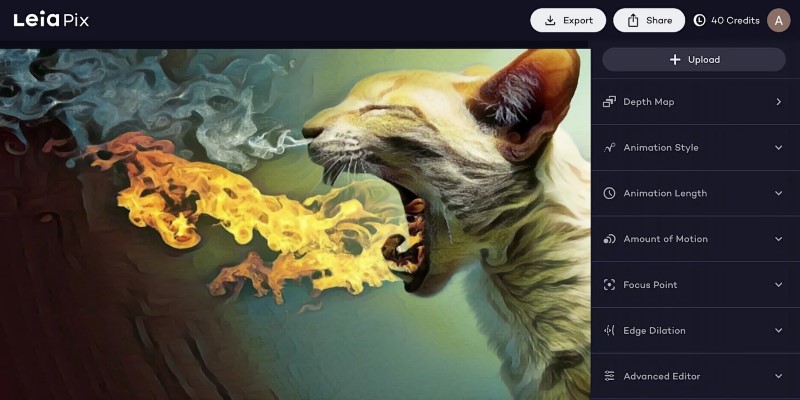
Once the depth map is created, LeiaPix goes further to enhance the depth effect. This might involve adjusting the color balance, adding shadows, or modifying the light distribution within the image to create a more realistic sense of depth. The tool uses AI-powered enhancements to make sure the 3D effect is as natural as possible without appearing overly artificial.
Final 3D Output: After refining the depth and perspective, the result is a 3D image that can be viewed on Leia’s 3D displays or other compatible devices. The output isn’t just a simple 3D model; it has a realistic sense of volume and dimension that is optimized for a more immersive viewing experience.
Tools and Techniques Used for Depth Mapping and Rendering
LeiaPix employs several sophisticated tools and techniques for depth mapping and rendering to ensure high-quality 3D outputs. The main technology at play is Leia’s proprietary algorithm, which uses pixel-level manipulation and artificial intelligence to generate depth maps. These depth maps are key to the tool’s ability to create a convincing 3D illusion from a flat 2D image.
The depth mapping process involves detecting edges, textures, and gradients in the image to understand how each element of the image should be positioned within a 3D space. Once this map is created, LeiaPix further enhances it by adjusting elements like lighting and shading to make the 3D effect more believable. The final output is then rendered with these adjustments in mind, ensuring that viewers can see the image in three dimensions with clarity.
Quality of 3D Output: Is It Worth It?
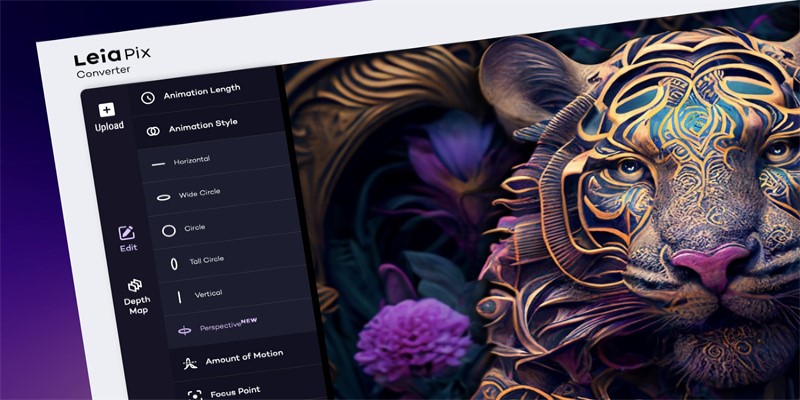
The quality of the 3D output produced by LeiaPix largely depends on the original image, as well as how well the depth map is generated. Generally speaking, the tool produces highly realistic 3D conversions, especially when dealing with images that have clear distinctions between foreground and background elements. The depth effects are smooth, and the 3D visuals have a natural feel, which is a big advantage over other 2D to 3D converters that might produce a more basic or flat 3D effect.
When compared to other 2D to 3D conversion tools, LeiaPix excels in the level of depth and customization it offers. Many other converters simply apply a uniform depth effect or rely on basic algorithms that do not capture fine details. LeiaPix, on the other hand, uses advanced AI to adapt depth effects based on the unique characteristics of each image, making the conversion feel more personalized and lifelike. However, like any conversion tool, LeiaPix isn’t perfect. The depth effect may look less accurate with extremely detailed or highly intricate images, especially when the original photo has subtle textures that don't translate well into the 3D space.
For most users, LeiaPix's 3D output is more than sufficient for everyday use, marketing, gaming, and other applications. The tool does a great job of balancing realism with ease of use, providing an experience that’s both accessible and impressive.
Conclusion
The LeiaPix Converter offers an excellent solution for transforming 2D images into 3D visuals. With its user-friendly interface, powerful AI technology, and realistic output, it's a standout tool for both casual users and professionals. Whether you're looking to enhance marketing materials, create immersive experiences, or simply explore the world of 3D, LeiaPix delivers a solid and accessible platform to make your content come to life in three dimensions.
Related Articles

iPhone Vlogging Made Simple: Your Step-by-Step Guide

Subtitle Edit and Top 5 Mac Tools for Easy and Accurate Subtitling
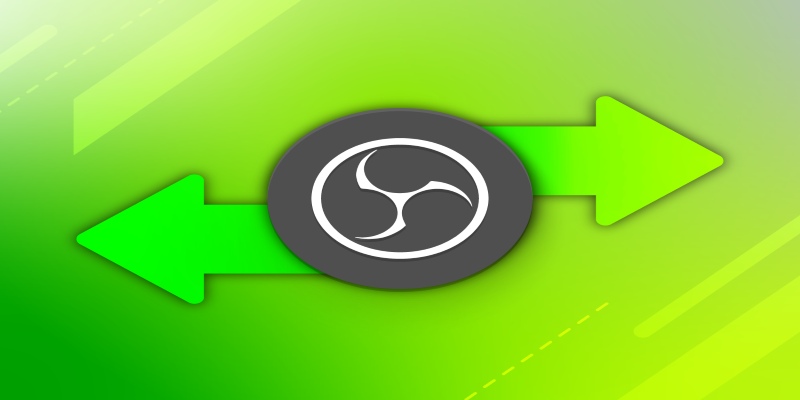
Best OBS Alternatives for Low-End PCs and High-End Production
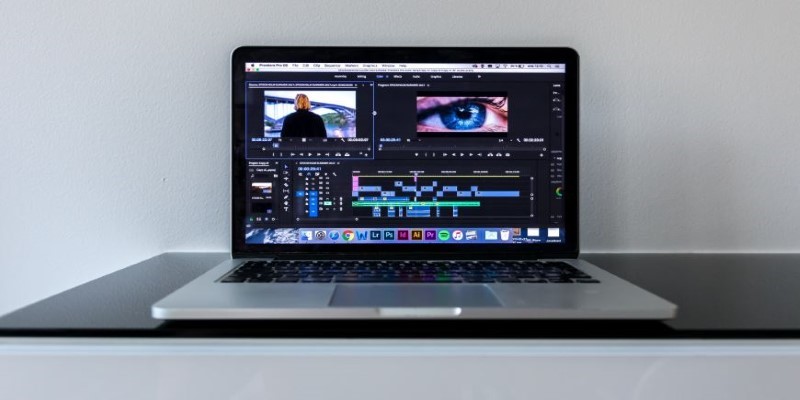
Smooth Out Your Footage: Premiere Pro Stabilization Guide
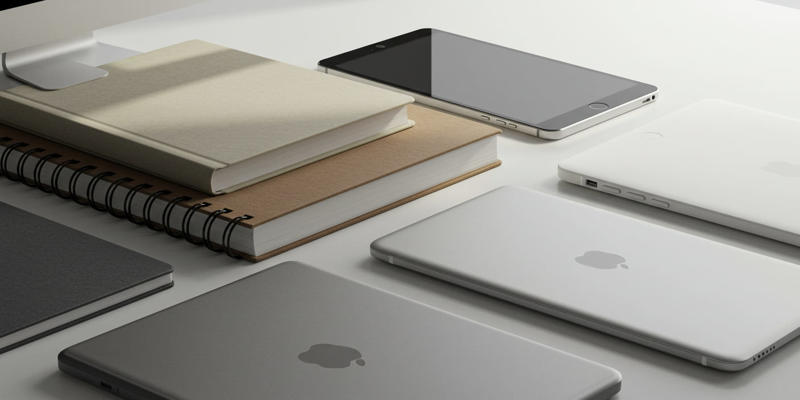
How to combine paper and digital tools for productivity

Understanding Setapp: Features, Benefits, and Whether It’s Worth the Investment
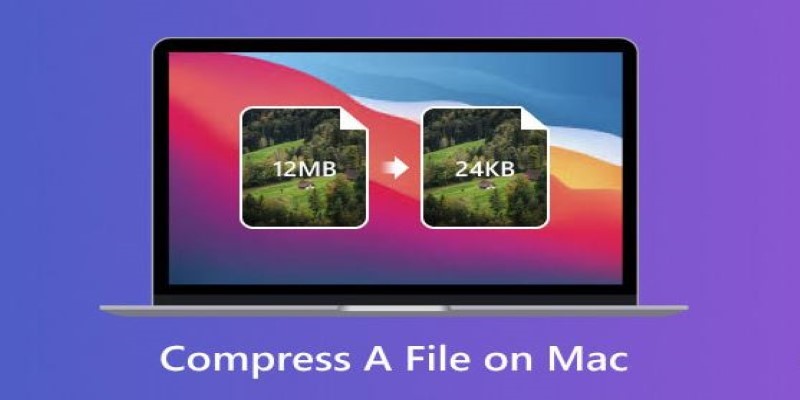
How to Compress Files on Your Mac: The Complete Guide

Finding Records Across Google Sheets, Excel, and Other Apps
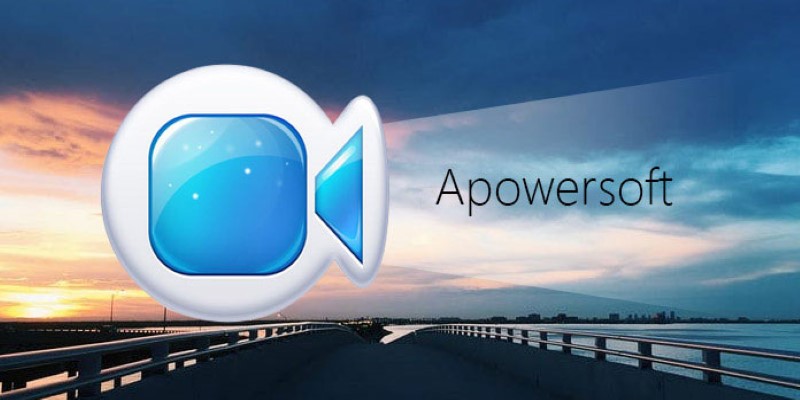
Apowersoft Screen Recorder: Features, Pricing, and Limitations
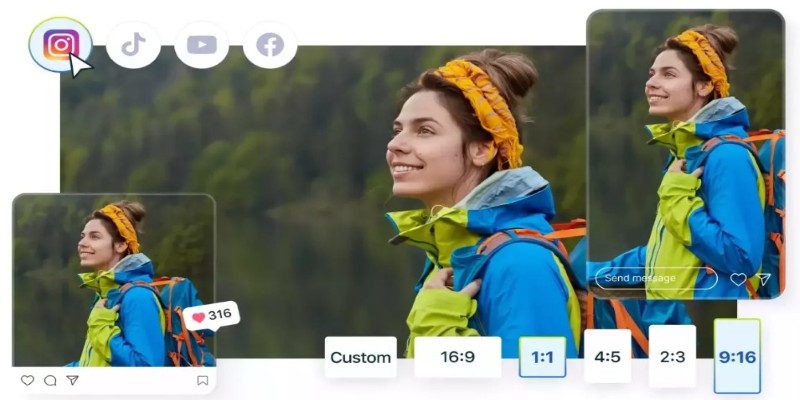
Quick Fixes: Best 5 Video Size and Ratio Changers

Convert MKV to MOV with These 2025 Online Tools

 knacksnews
knacksnews